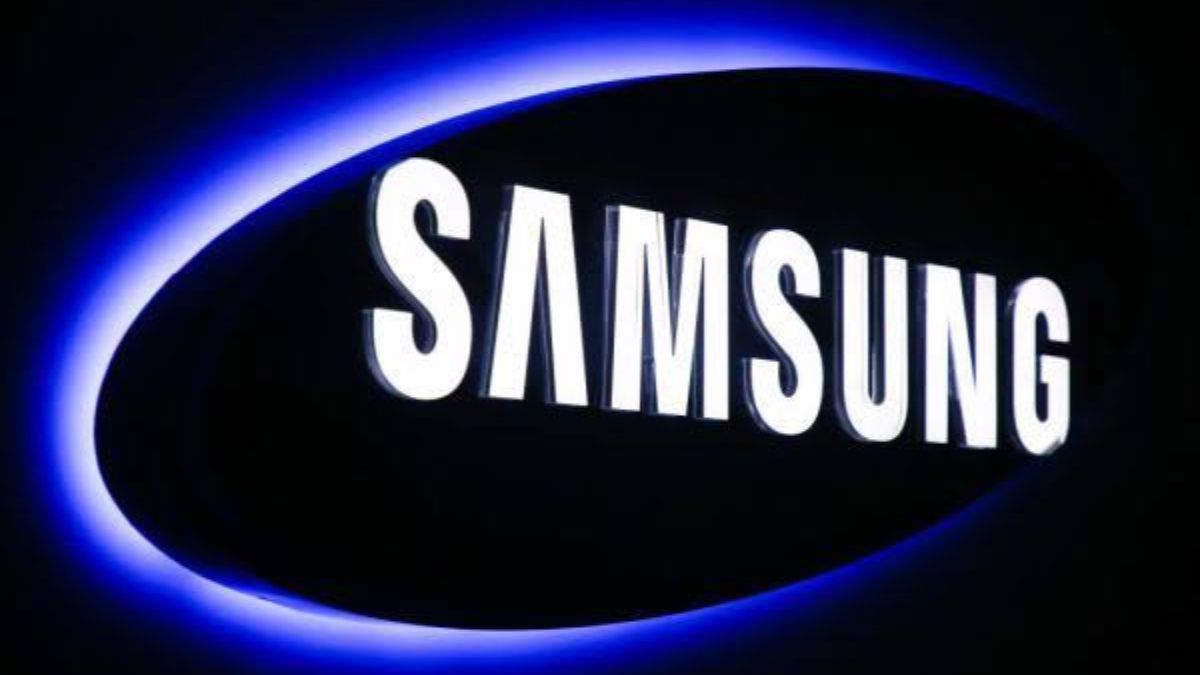
Advertisement
Samsung Electronics has reported a 34.57% decrease in operating profit for the fourth quarter, aligning with its earlier guidance. The company faced challenges, with revenue reaching 67.78 trillion Korean won (about $51 billion), falling short of the 69.27 trillion Korean won expected by analysts. Operating profit stood at 2.82 trillion Korean won, missing the anticipated 3.43 trillion Korean won.
In the full year of 2023, Samsung’s semiconductor business experienced a historic loss of 14.88 trillion Korean won, contrasting sharply with the 23.82 trillion Korean won profit recorded the previous year. The decline is attributed to weakened global demand, particularly affecting dynamic random-access memory (DRAM) chips used in consumer devices.
Samsung, a leader in the semiconductor industry, acknowledged the impact of macroeconomic challenges but anticipates a moderate improvement in earnings during the first half of 2024, with a more significant upturn expected in the latter half.
The fourth-quarter results revealed a dip in smartphone sales and profits, partially attributed to the diminished effects of new model launches in the previous quarter. In 2023, Apple surpassed Samsung in smartphone shipments, securing a 20% market share. Samsung aims to leverage its AI-enabled Galaxy S24 smartphones, launched recently, to regain traction and establish itself as a leading brand in the AI smartphone market.
The memory chip market, a significant segment for Samsung, faced a downturn in 2023 due to inflationary pressures and reduced consumer spending on devices. However, the global PC market’s return to growth in the fourth quarter offers a positive outlook for memory chip demand. Samsung predicts the continuation of memory market recovery in 2024 and plans to meet the demand for AI applications, expand into AI-enabled consumer products, and strengthen its position in advanced-node semiconductors.
While acknowledging challenges, Samsung remains optimistic about the potential for price hikes and a marked rebound in earnings for memory makers in the second half of 2024 and 2025. The company is already working on manufacturing 3-nanometer chips, with plans to mass-produce 2-nanometer chips in 2025, indicating a commitment to staying at the forefront of semiconductor technology.
